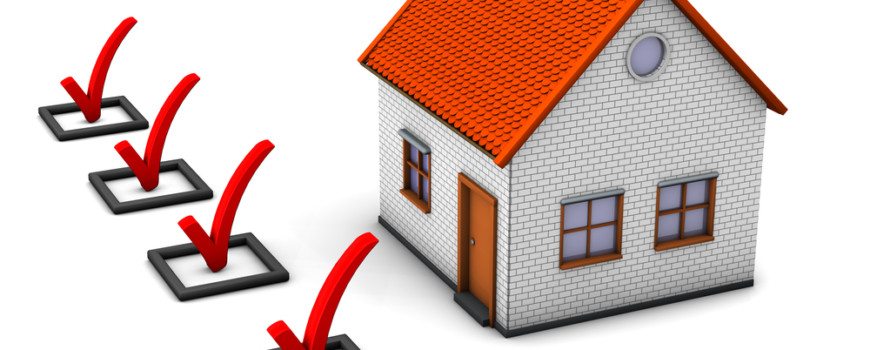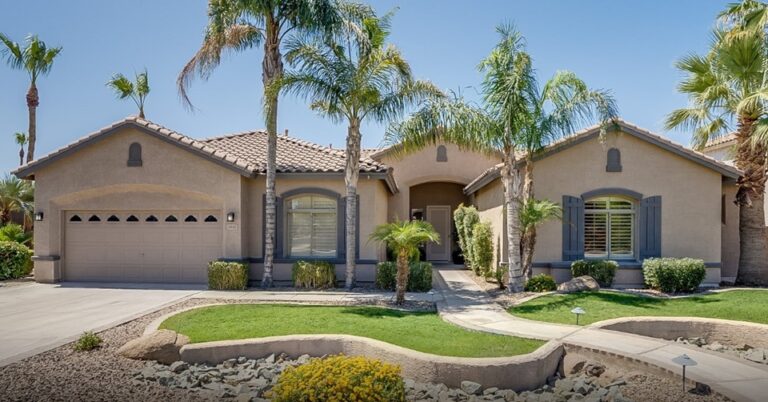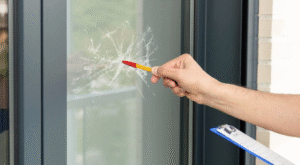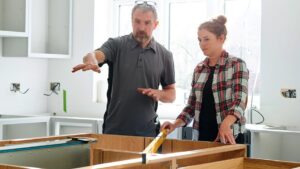Moving into a new home is an exciting journey filled with many tasks, one of which is getting to know your yard. Understanding your outdoor space can be both rewarding and crucial for future projects. This checklist will guide you through assessing various aspects of your yard, from plant life to structures and water features. By systematically evaluating each element, you’ll be better equipped to maintain and improve your yard, ensuring it becomes a functional and enjoyable extension of your home. Whether you’re a seasoned gardener or new to yard care, this guide will help you get started.
Understanding your yard’s basics
Begin by familiarizing yourself with your yard’s overall layout. Take note of the size and shape, as well as any features like pathways or patios that are already in place. Identify different zones within the yard that may serve distinct purposes, such as playing, gardening, or storage areas. This foundational understanding will help you prioritize tasks and plan for changes or improvements. Whether it’s a gardening corner or a spot for an outdoor storage shed, knowing the layout and potential of each area will guide your decisions.
Surveying plant life
Identify the various types of plants and trees in your yard, paying close attention to their health and growth patterns. Watch for any invasive species or disease signs that might need immediate action. Taking stock of what’s currently thriving will assist in deciding which plants to keep, remove, or relocate. If you have areas designated for specific purposes like gardening, understanding the existing plant life will help plan suitable additions. This survey will also help you maintain a balanced and healthy ecosystem in your yard.
Inspecting lawn health
Begin by checking the type and condition of your grass. Look for any brown patches, thinning areas, or signs of pests. If the lawn looks patchy, consider whether it needs fertilization, aeration, or reseeding. Different grass types have specific needs, so identify what you have to provide the appropriate care. Test the soil to determine if it needs any adjustments in pH or nutrients. Regular mowing, proper watering, and seasonal care are essential for maintaining a vibrant lawn. Proper lawn care not only enhances the look of your yard but also contributes to the overall health of your outdoor space.
Evaluating yard structures
Check the condition of structures like fences, gates, and sheds. Ensure they are stable and secure, addressing any needed repairs promptly. Pay special attention to signs of wear or damage that could compromise their function. If you’re considering adding new structures, such as a 7×7 outdoor storage shed from Keter, assess potential locations to ensure they are level and accessible. Plan for adequate space around the shed for easy access and maintenance. Evaluating these elements early will help you organize your yard layout and integrate new structures seamlessly. Keep in mind that well-maintained structures contribute to your yard’s overall aesthetics and functionality, making it a more enjoyable space.
Reviewing water features
Check the condition of any water features like ponds, fountains, or pools. Ensure they are clean and free of debris. For pools, consider upgrading to variable speed pool pumps from Pentair for better energy efficiency and performance. Inspect plumbing connections for leaks or signs of wear. If you have fish or aquatic plants, monitor their health and the water quality regularly. Proper maintenance of water features can enhance the ambiance of your yard and provide a relaxing focal point for outdoor activities.
Analyzing sun and shade patterns
Observing how sunlight and shade shift across your yard throughout the day is essential for optimal plant and structure placement. Different plants have varying light requirements; some need full sun, while others flourish in partial or full shade. Track these patterns by marking sunlit and shaded areas at different times. This information will guide you in choosing the right spots for planting, ensuring each plant gets the appropriate amount of light. Additionally, understanding these patterns will help position new structures like patios or an outdoor storage shed from Keter, ensuring they don’t obstruct the light surrounding plants need. Use this data to create a balanced yard that effectively accommodates your needs.
Planning for future projects
After evaluating your yard, it’s time to think about upcoming projects. Start by outlining areas where you envision making enhancements, such as installing a flower bed, a patio, or Keter’s 7×7 outdoor storage shed. Establish priorities based on your immediate needs and long-term goals. Create a timeline that maps out when you plan to tackle each project, considering factors like weather and budget. Organize your tasks so you can address more pressing issues first, such as fixing drainage problems or removing unhealthy plants. If you’re considering new additions like the storage shed, allocate space efficiently, ensuring accessibility and ease of use. Breaking down larger projects into manageable steps will help you stay organized and focused, making the process less overwhelming. Consider how each new feature will harmonize with existing elements, contributing to a cohesive and functional yard. Planning thoughtfully will enable you to create an outdoor space that meets your needs and enhances your home’s overall appeal.
Assessing your yard’s condition is a valuable endeavor for any new homeowner. By thoroughly understanding your outdoor space, you can identify areas that need immediate attention and plan for future enhancements. Thoughtful planning and regular maintenance will ensure your yard remains a beautiful and enjoyable part of your home.










